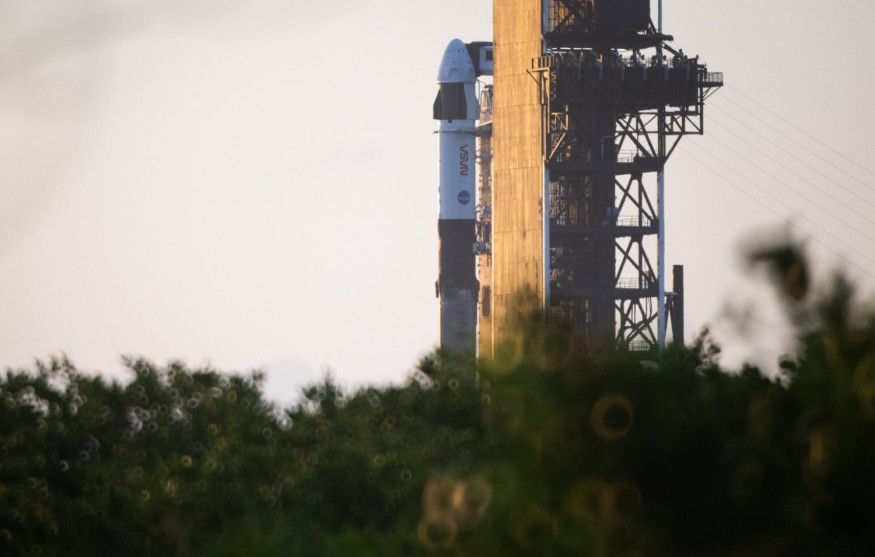Complicated engine nozzles and other complex spacecraft components are more likely to be 3D printed by spacecraft developers. 3D printing has shown promising contributions to various projects, including space.
"Additive manufacturing opens the window to make very complex parts very rapidly," said Stan Bouslog, Entry Descent & Landing and Thermal Protection System discipline chief at NASA Johnson Space Center, per Space News.

How Engineers Use Additive Manufacturing Or 3D Printing For Rocket Assembly
3D printing and additive manufacturing are almost synonymous because they have the same process. The only difference is that 3D printing specifically involves building objects layer by layer. Additive manufacturing involves the creation of objects by adding materials, which may or may not come n layers, according to Monroe Engineering.
3D printing has been used by space companies already. For instance, 3D printer manufacturer EOS and Hyperganic, additively manufactured a rocket engine with the help of artificial intelligence. It was printed on EOS' laser powder bed fusion machines.
Rather than creating complicated items in chunks for eventual assembly, engineers may use additive manufacturing to create parts and test them in larger systems. For the foreseeable future, additive manufacturing will coexist with classic subtractive manufacturing technologies.
3D printing technology is quickly improving and tends to cater to more and more materials, making it more versatile for more applications. GE Additive government programs and technology director Mark Shaw said that metal additive manufacturing is mature. In contrast, ceramics are "an up and coming technology."
He added that they can incorporate carbon fibers, for example, into the ceramic matrix with their composite manufacturing capability.
For the GE9X engine, GE Aviation received FAA approval for an additively built heat exchanger that is smaller, lighter and has a greater thermal density than earlier heat exchangers. According to Shaw, this is the kind of intricate item that lends itself to additive manufacturing.
There are situations when additively manufacturing basic pieces like brackets is the only choice available. For instance, if a military aircraft built decades ago could no longer fly due to a lack of parts, then 3D printing the missing parts makes sense.
Additive Manufacturing Advantages For Aerospace
For manufacturers of all sizes, additive manufacturing is a game-changer. It may allow them to produce items more quickly and at a lower cost, with less waste and more precision. There are several advantages to using additive manufacturing. According to CMTC, these include the following:
Less Waste
The time it takes to create and produce new designs is drastically reduced with less waste when drafts are created in a computer program and then sent to be printed. This digital-to-digital process eliminates the additional intermediate steps of traditional prototyping that can result in material waste. This decrease can also result in considerable cost savings depending on the material utilized, such as if the needed material is titanium.
Furthermore, 3D printing offers a faster turnaround time due to its capacity to make rapid iterations. 3D printing can detect technical and design flaws that would otherwise take weeks, if not months, to uncover in traditional manufacturing. Process development can be completed faster than standard manufacturing procedures because additive manufacturing allows the production of sophisticated designs that are ordinarily too difficult or expensive to manufacture. It implies that more time and money may be put to better use. Additive manufacturing generally allows for a more effective and efficient design process, with less waste and lower costs.
Time Saver
With additive manufacturing, you can design and build a prototype on a 3D printer in hours, not weeks. You may now produce for usability and usage rather than planning for production. Furthermore, parts may be manufactured to fit client specifications - a game-changer for prototyping.
You may now swiftly make mock-ups of a new product and produce a part to fulfill a specific market niche thanks to additive manufacturing, which might lead to the development of high-profit margin items. When additive manufacturing is used from start to finish, the overall production process becomes even more simplified.
Lowered Development Costs
Due to its initial cost, advanced manufacturing technology is rather costly; nevertheless, the long-term decreased development costs result in cost savings. One of the most significant advantages of 3D printing is the lower labor cost. Apart from post-processing, most printers are self-contained and require little operator help. As a result, in comparison to traditional manufacturing methods that might need highly qualified operators, the labor expenses associated with additive manufacturing are almost non-existent.
In addition, when done in small quantities, additive manufacturing is less expensive than traditional production. 3D printing a prototype is frequently less costly than conventional production processes such as injection molding (including die leadtime and cost), milling, and machining.
RELATED ARTICLE : Highest Resolution Achieved Through 3D Imaging Tool Using Nanomaterials
Check out more news and information on Space in Science Times.












